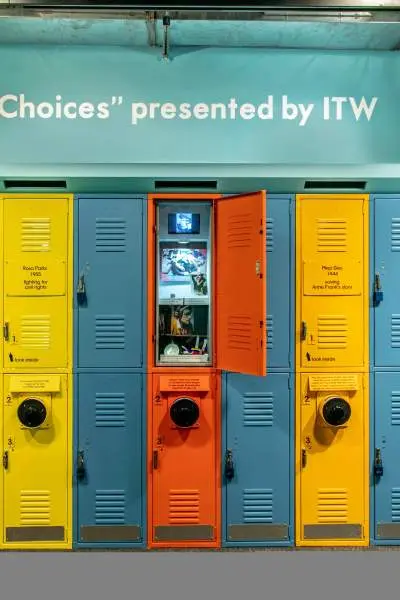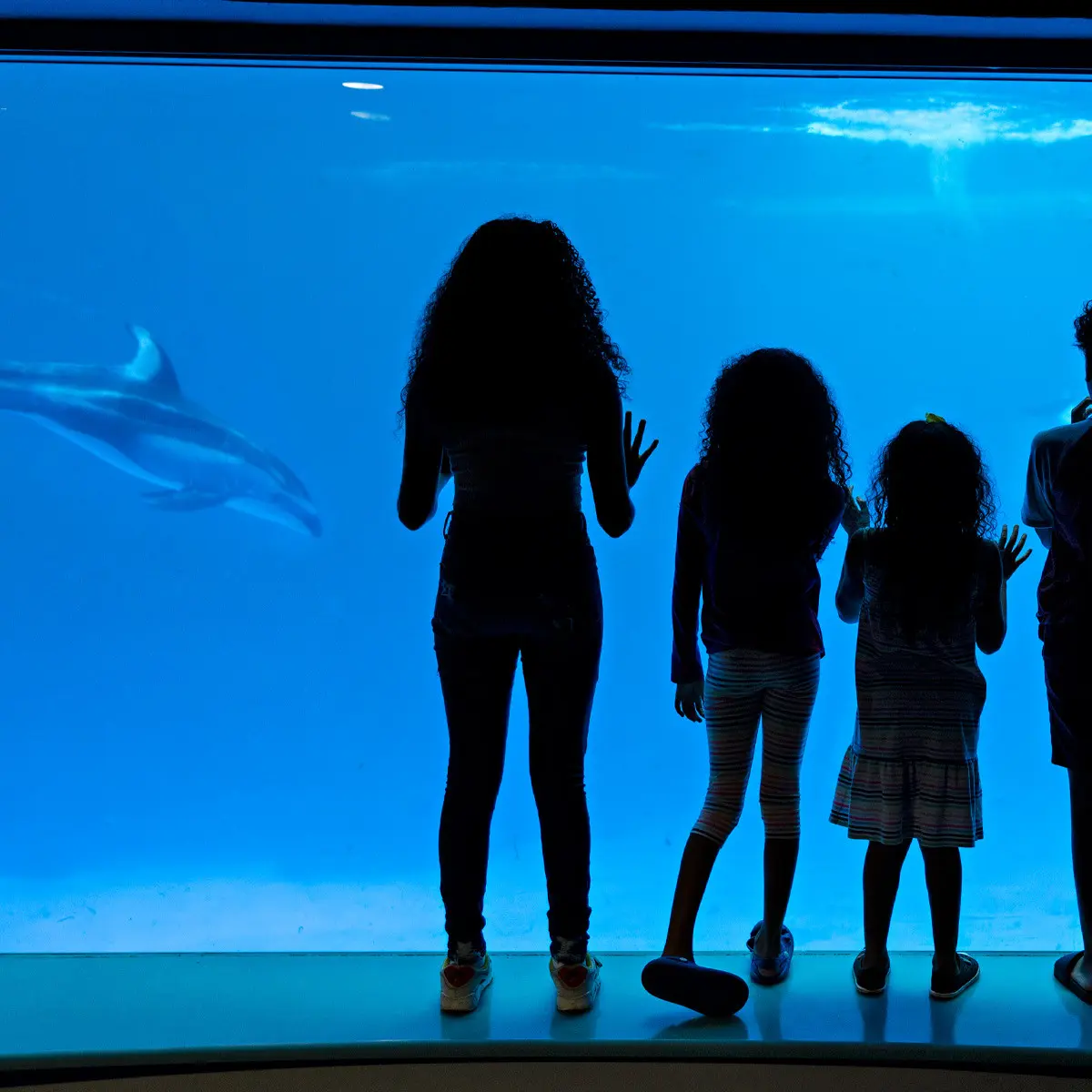
The timeless and powerful Illinois Holocaust Museum promises a journey contrasting unfathomable atrocities with life-affirming lessons.
Approaching the exterior of Skokie’s Illinois Holocaust Museum and Education Center, visitors get a sense of the journey they’ll experience inside. A dark, angular entryway (embodying the devastation and grief of the Holocaust) contrasts with a curving, light-filled building where visitors emerge from exhibits eliciting empowerment and action. The material here is challenging. But a visit to this Chicagoland institution proves transformative, galvanizing and, quite unexpectedly, inspiring.
The experience starts out somber, as you see and hear stories of the 6 million Jews and millions of other minorities murdered during World War II. Although the Holocaust began some 80 years ago, vivid details transport you to the time of Nazi Germany: personal effects of Jews who were forced into ghettos, a rail car used to transport people to concentration camps and a miniature model of a gas chamber showing white figurines being herded into a room. Gruesome imagery is kept to a minimum, but the horror isn’t downplayed. (The Karkomi Holocaust Exhibition is recommended for ages 12 and up.)
As you spiral upward through the exhibits, the museum extends the story from World War II through today. Brightly lit spaces shed light on post-war life in Skokie, which once had the largest per capita population of Holocaust survivors outside Israel. Rotating exhibits showcase recent events that have occurred as a result of hatred and discrimination, and the Room of Remembrance—a simple round space with thousands of names illuminated on the wall—allows for quiet reflection. Exhibits targeted at kids drive home how bullying and other forms of everyday mistreatment are seeds of hate to be stamped out. The journey through the museum reminds us of the power of our collective voices to say “never again.”
Be an Upstander
The dangerous silence of bystanders becomes a recurring theme at the museum. Instead, visitors are encouraged to be “upstanders,” people who speak up and take action in the face of injustice. More than 70 non-Jewish families who helped rescue Jews during the Holocaust are honored at the outdoor Ferro Fountain of the Righteous. The kid-centric Make a Difference! The Harvey L. Miller Family Youth Exhibition profiles famous upstanders, such as Rosa Parks, and provides problem-solving scenarios for injustices that occur at school or around the neighborhood.
The Survivors
Future generations will be able to hear stories from Holocaust survivors firsthand—and even ask them questions—thanks to state-of-the-art technology at the Illinois Holocaust Museum’s Take a Stand Center. In the Abe and Ida Cooper Survivor Stories Experience, artificial intelligence gives voice to holograms of survivors.
Share your Moments
#EnjoyIllinois

















